Aug. 27, 2024
How to increase the shelf life of candles
Candle making involves more than just choosing the right raw materials for your candles. Understanding the shelf life and storage of your wax is essential for efficiency and long-term cost savings. Candles lose their quality over time, losing scent and color, primarily due to the gradual deterioration of the organic components in the wax. Most waxes can be stored for a year or closer to two years under the right conditions, but their performance can be affected by storage and environmental conditions.
Why do candles expire over time?
The wax components in candles are often derived from natural plant oils or other natural sources, and as such, they undergo natural chemical changes. Natural candles contain organic components that degrade or oxidize over time, causing the scent and color of the candle to fade. While synthetic waxes may last longer due to their chemical stability, natural waxes deteriorate faster. This is because natural waxes do not contain additives to prevent oxidation or photolysis, making them more susceptible to environmental factors.

Factors that cause candles to expire prematurely
Temperature fluctuations
Even at lower temperatures, frequent temperature changes can accelerate the aging process of candles. Temperature fluctuations cause changes in the physical and chemical properties of the wax, affecting its stability and performance.
Light
Ultraviolet light from natural sunlight is one of the main factors that causes wax to deteriorate. UV rays trigger chemical reactions in candles, gradually reducing their fragrance and color. Even artificial light can have a similar effect on wax, so choosing a completely dark storage environment is the best solution.
Humidity
High humidity can cause wax to absorb moisture, which can form bubbles or cracks. Although humidity has a greater impact on the overall performance of candles, it is equally important to avoid candles from contact with humid environments.
How to store candles correctly?
Temperature control
Temperature has a huge impact on the shelf life of wax. Candles should be stored in a cool, stable environment. High temperatures not only accelerate the aging of wax, but may also cause the wax to melt or deteriorate in the packaging. The ideal storage temperature should be below the melting point of the wax, for example, the melting point of paraffin wax is between 46°C and 68°C, and high temperature environments should be avoided. Keeping the temperature of the storage area stable and avoiding drastic temperature fluctuations is key.
Sealed storage
To prevent the effects of air and moisture on the wax, candles should be sealed in dry containers when stored. After the candle is completely melted and cooled, it can be stored in a sealed bag or sealed box, which can effectively reduce the intrusion of moisture and oxidation reaction of air.
Avoid light
Light, especially ultraviolet light, can have a negative impact on the chemical composition of candles. Ultraviolet light can cause photochemical reactions in the organic components of candles, which can accelerate the degradation of candles. Therefore, candles should be stored in a light-proof environment, such as a closed storage cabinet or a dark room, to prevent damage to the wax from sunlight and strong light.

Control humidity
High humidity can cause bubbles or cracks in the wax, which will affect the appearance and performance of the candle. Humidity can also cause uneven curing of the candle during the cooling process, forming cracks or other defects. Ensure that the storage environment is dry and well ventilated to prevent the negative effects of moisture on the candle.
By understanding the shelf life and storage methods of candles, you can significantly improve the efficiency and quality of candle making, avoid problems caused by wax deterioration, and ensure the long-term stability and user satisfaction of the product.
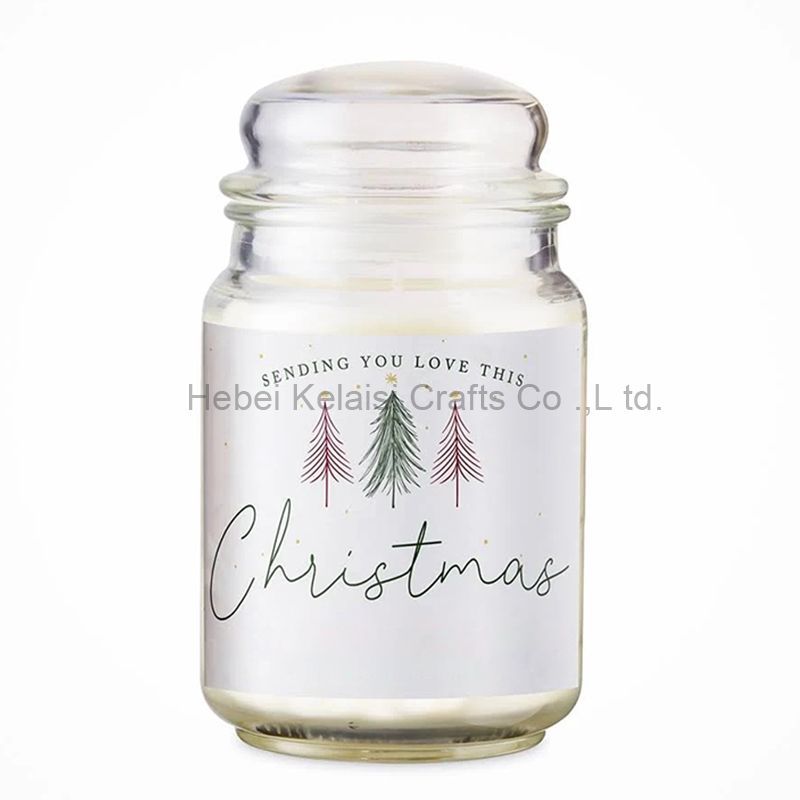 Big size decorative scented candle
Big size decorative scented candle
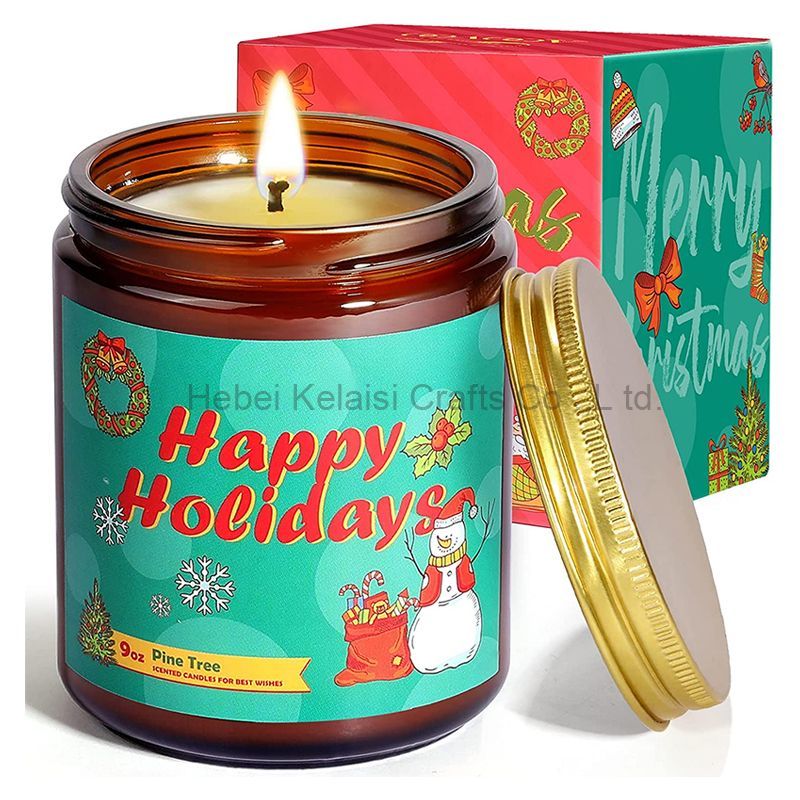 Christmas Scented Candles Gifts Sets for Women
Christmas Scented Candles Gifts Sets for Women
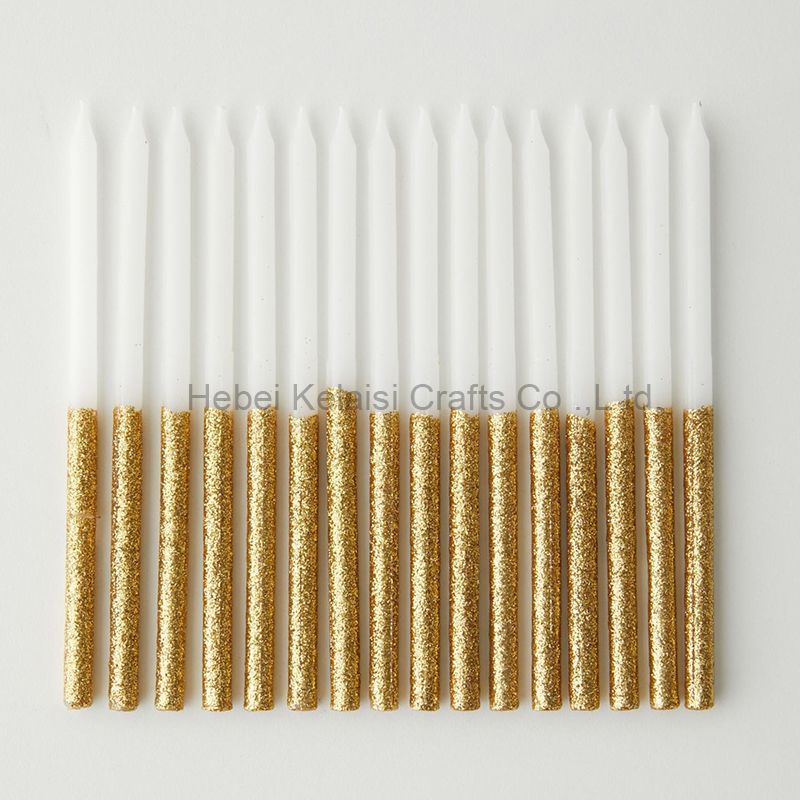 happy birthday long thin glitter cake candles
happy birthday long thin glitter cake candles
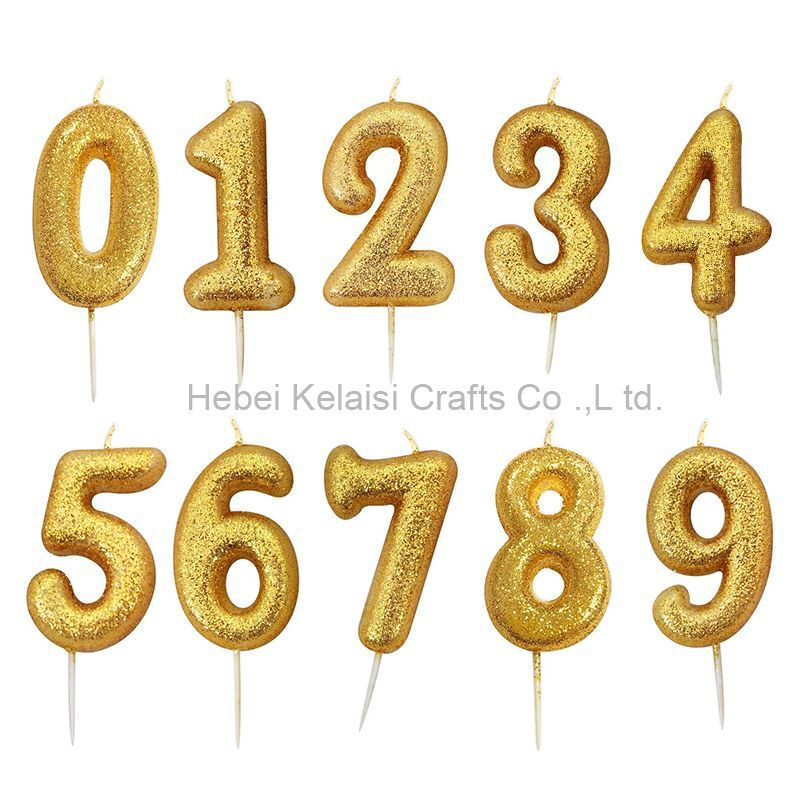 Luxury Golden Birthday Number Candle Sets
Luxury Golden Birthday Number Candle Sets
 Fancy cake decoration number annual birthday candle
Fancy cake decoration number annual birthday candle
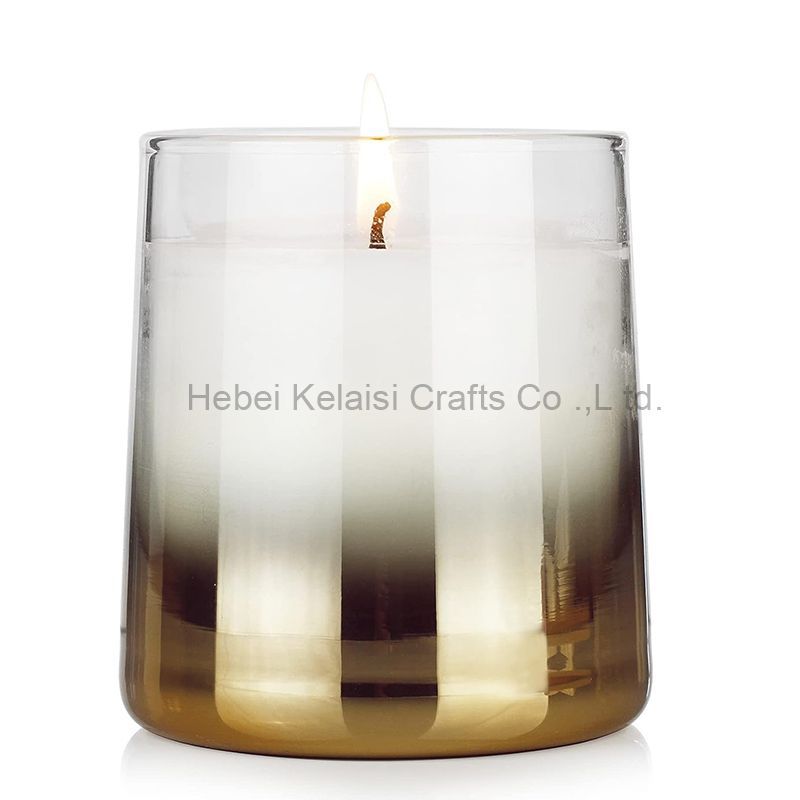 Gradient color Soy Wax Glass Jar Scented Candle
Gradient color Soy Wax Glass Jar Scented Candle
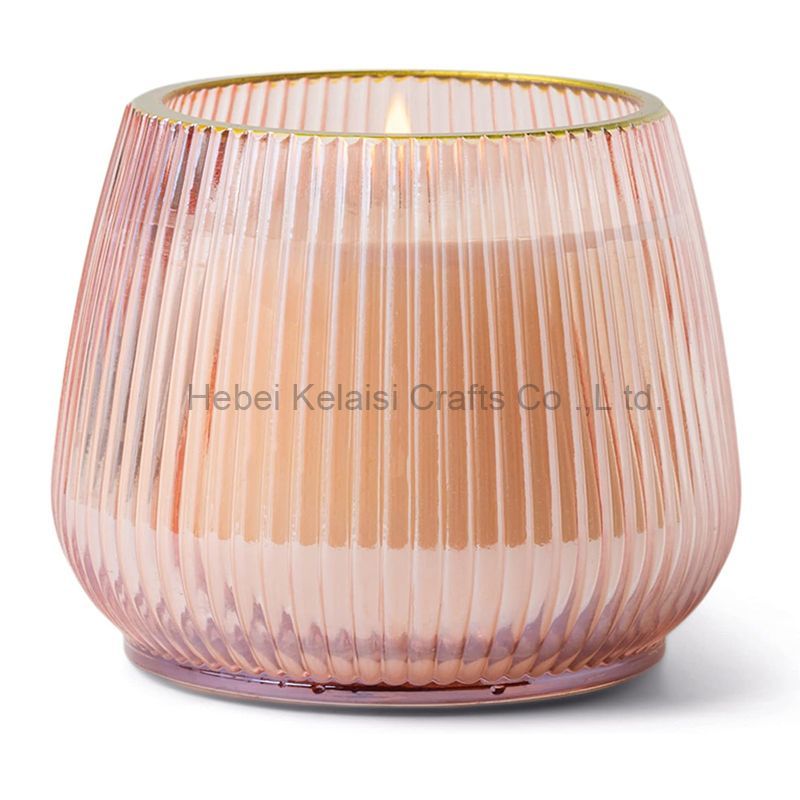 Origami Style Vertical Pattern Wine Glasses Jar Candles
Origami Style Vertical Pattern Wine Glasses Jar Candles
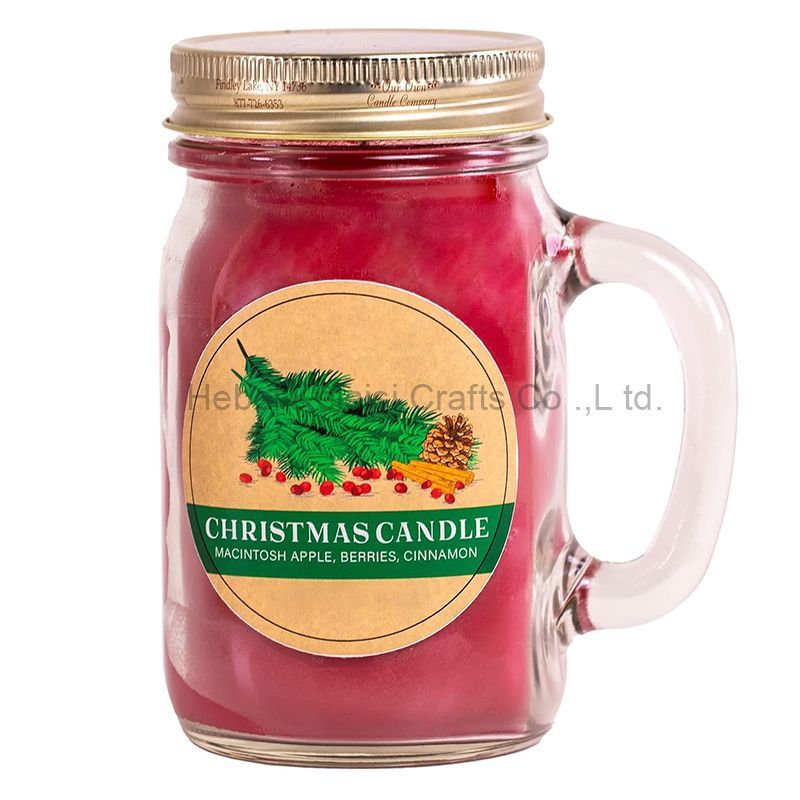 Custom Mini Glass Jar Scented Candle
Custom Mini Glass Jar Scented Candle
 St. Patrick's Day Decorations Set
St. Patrick's Day Decorations Set
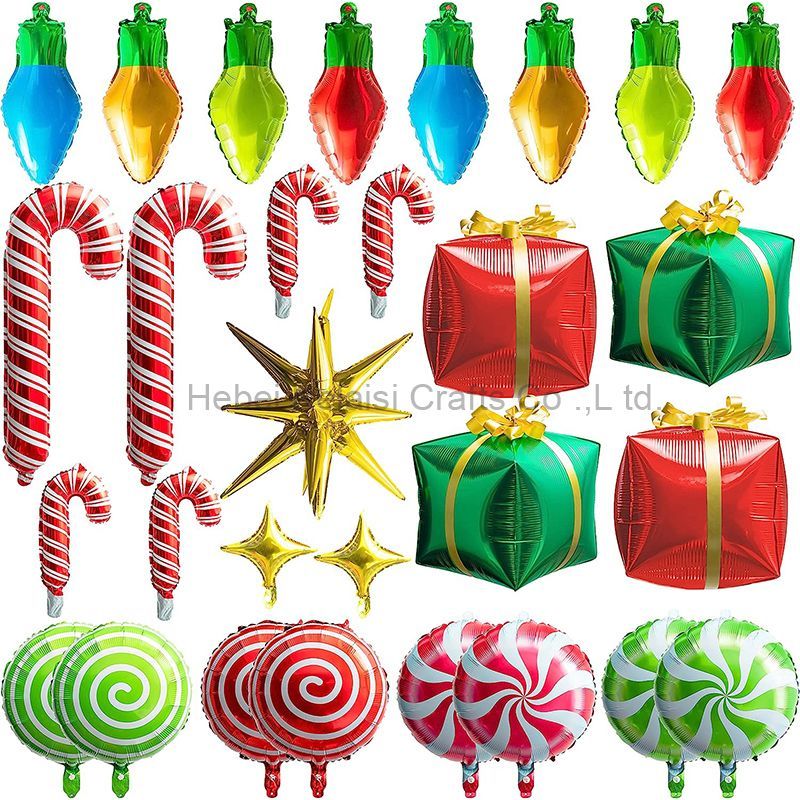 Christmas Party Balloons Supplies
Christmas Party Balloons Supplies